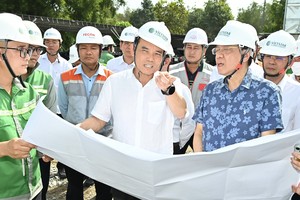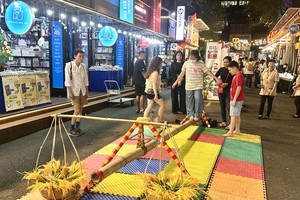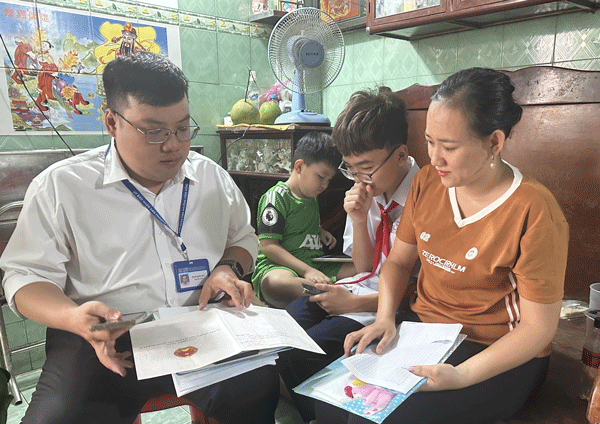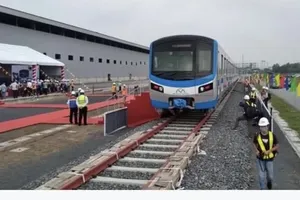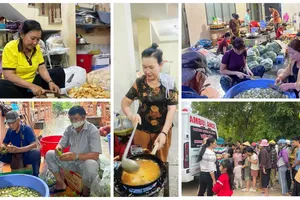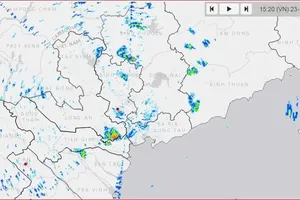The event brought together city leaders, heads of departments and agencies, academics, agricultural experts, and representatives of local cooperatives to discuss strategies for integrating agriculture into the rapidly urbanizing metropolis.
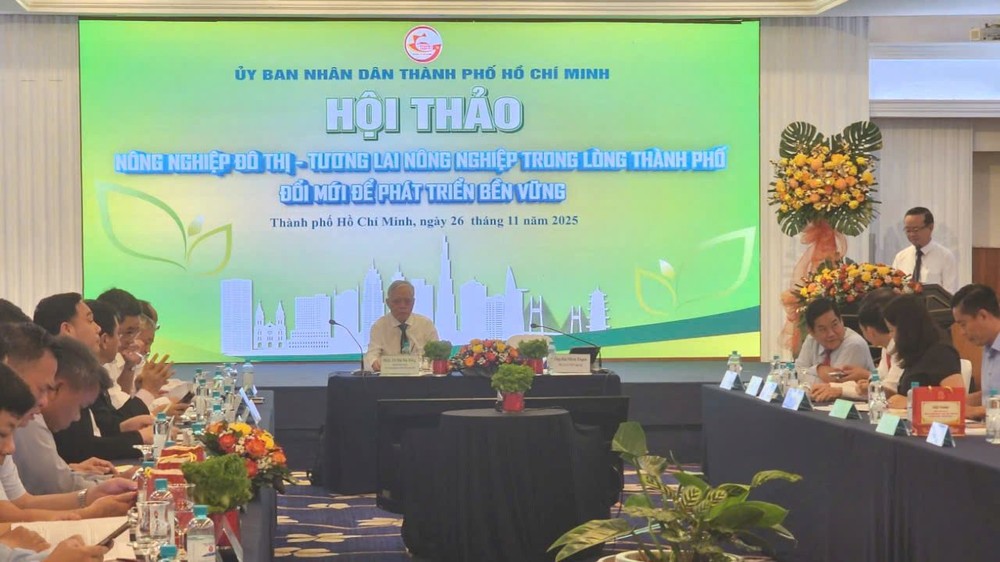
Vice Chairman Bui Minh Thanh opened the seminar by emphasizing that HCMC has entered a new phase of development. With a natural area exceeding 6,722 square kilometers and a population of over 14 million, the city contributes nearly 25 percent of the national GDP and more than 30 percent of the state budget. Once a special urban center, HCMC is now recognized as a Vietnamese super city—a hub of economic, scientific, and technological innovation—and aims to rank among Southeast Asia’s leading metropolises.
He noted that the city’s Party Congress Resolution for 2025–2030 envisions a civilized, modern, and globally integrated city by 2030–2050, becoming a center of innovation among the world’s top 100 cities while achieving high-income status. Within this development framework, urban agriculture—including high-tech, ecological, and organic farming—is not merely a production sector but a critical pillar of the city’s ecological landscape, environmental sustainability, water security, and urban identity.
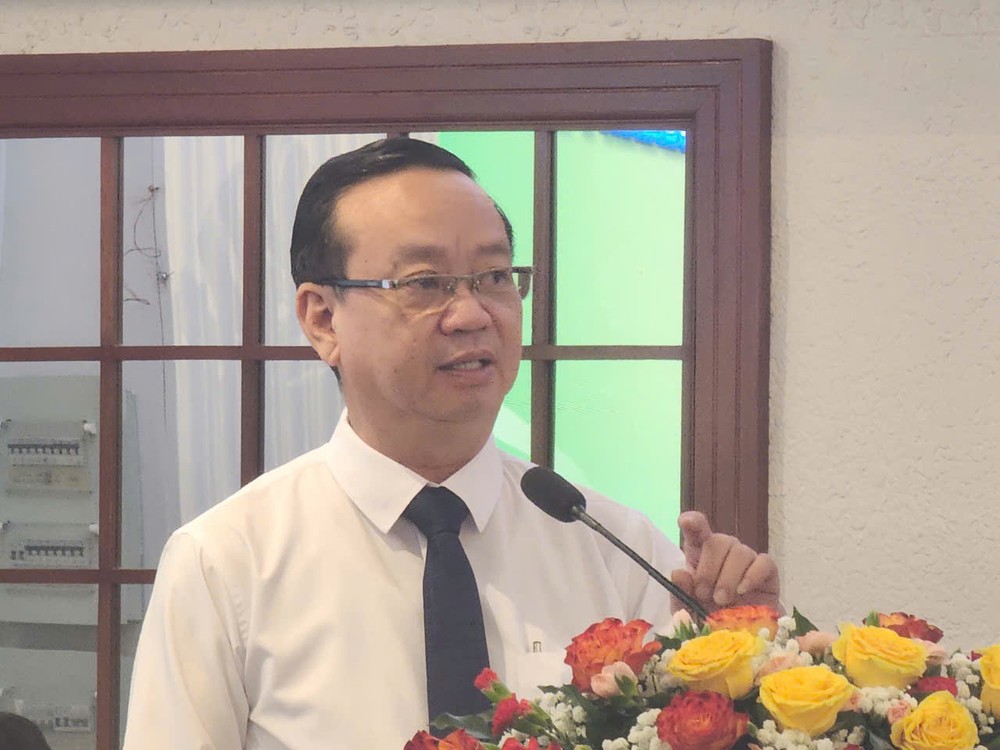
Mr. Bui Minh Thanh highlighted the challenges posed by rapid urbanization, including the shrinking of agricultural land, aging labor, and ecosystem degradation. Without robust solutions, agricultural growth and farmers’ incomes will be severely impacted. Compounding the issue, urban flooding—exacerbated by climate change, high tides, and extreme rainfall—requires agriculture to serve as natural green infrastructure, retaining water, slowing runoff, and protecting urban systems. The city’s dual goals of double-digit economic growth and rural development demand a shift toward high-value, technology-driven, circular, and sustainable agricultural models.
Vice Chairman Bui Minh Thanh stressed that HCMC is currently revising its master plan to 2030 with a vision to 2050 and that the workshop’s findings will provide a scientific basis for policymaking and urban planning.
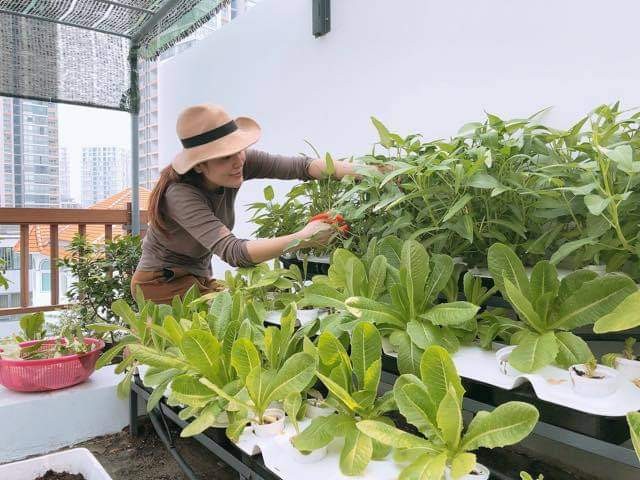
Experts highlighted the city’s unique urban-agricultural landscape following recent administrative mergers. Dr. Duong Duc Minh, Deputy Director of the Institute for Economic and Tourism Development, noted that HCMC has evolved into a multi-centered, multifunctional, and multi-ecosystem “super urban space.” Rivers, upstream forests, protective forests, peri-urban land, and coastal zones interact continuously, creating agricultural zones that preserve traditional Southern Vietnamese farming culture while functioning as ecological stabilizers from upland forests to mangroves.
Specialized agricultural clusters in Thanh An, Binh My, Tan Thanh, Phuoc Hai, and Long Son, along with integrated agriculture–marine–forest spaces like Thanh An and Can Gio, serve as “productive strata” within the city, anchoring urban identity while supporting sustainable tourism development. When coordinated within networks linking farmers, enterprises, lodging facilities, OCOP producers, and authorities, these zones can transform comparative advantages into competitive strength, strengthen urban-ecological balance, honor agricultural knowledge, and promote cultural continuity alongside economic growth.

Dr. To Thi Thuy Trang from the HCMC Institute for Development Studies emphasized that urban agriculture is crucial for food security and employment for the city’s growing population. Yet urbanization and limited arable land remain significant constraints. For success, sustainability and climate resilience must be fully integrated into technological solutions. HCMC’s agricultural model must combine regenerative, precision, and high-tech approaches to deliver safe, high-quality food while maintaining ecological balance.

The HCMC Hi-Tech Agricultural Park Management Board underscored that Industry 4.0—merging digital and biotechnology—will enable smart agriculture, now a priority sector. Rapid climate change presents severe challenges, threatening food security, livelihoods, and economic sustainability. Developing high-tech, climate-adaptive agriculture is no longer optional but essential. Key solutions include precision irrigation, environmental sensors, AI-driven production management, post-harvest processing, waste and by-product utilization, circular farming models, and biotechnologies for plant and animal breeding.

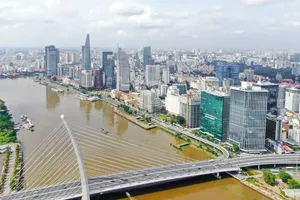
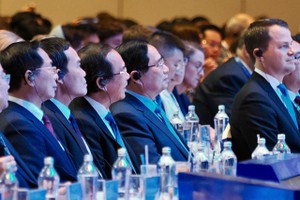
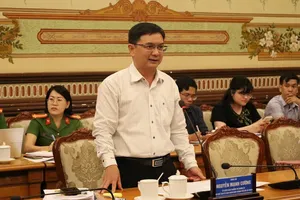
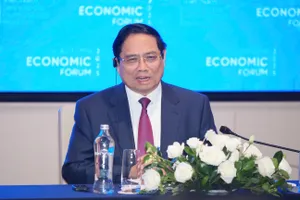
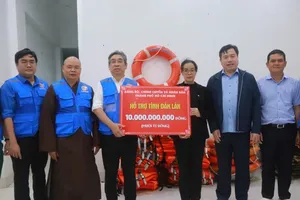
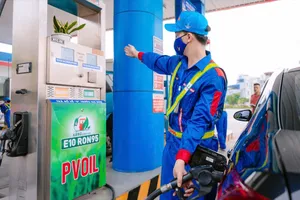
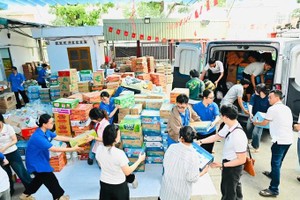
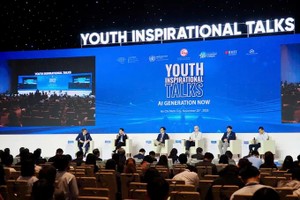
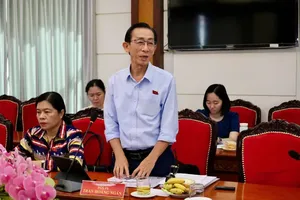
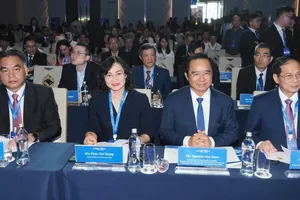
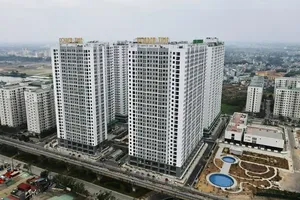
)

